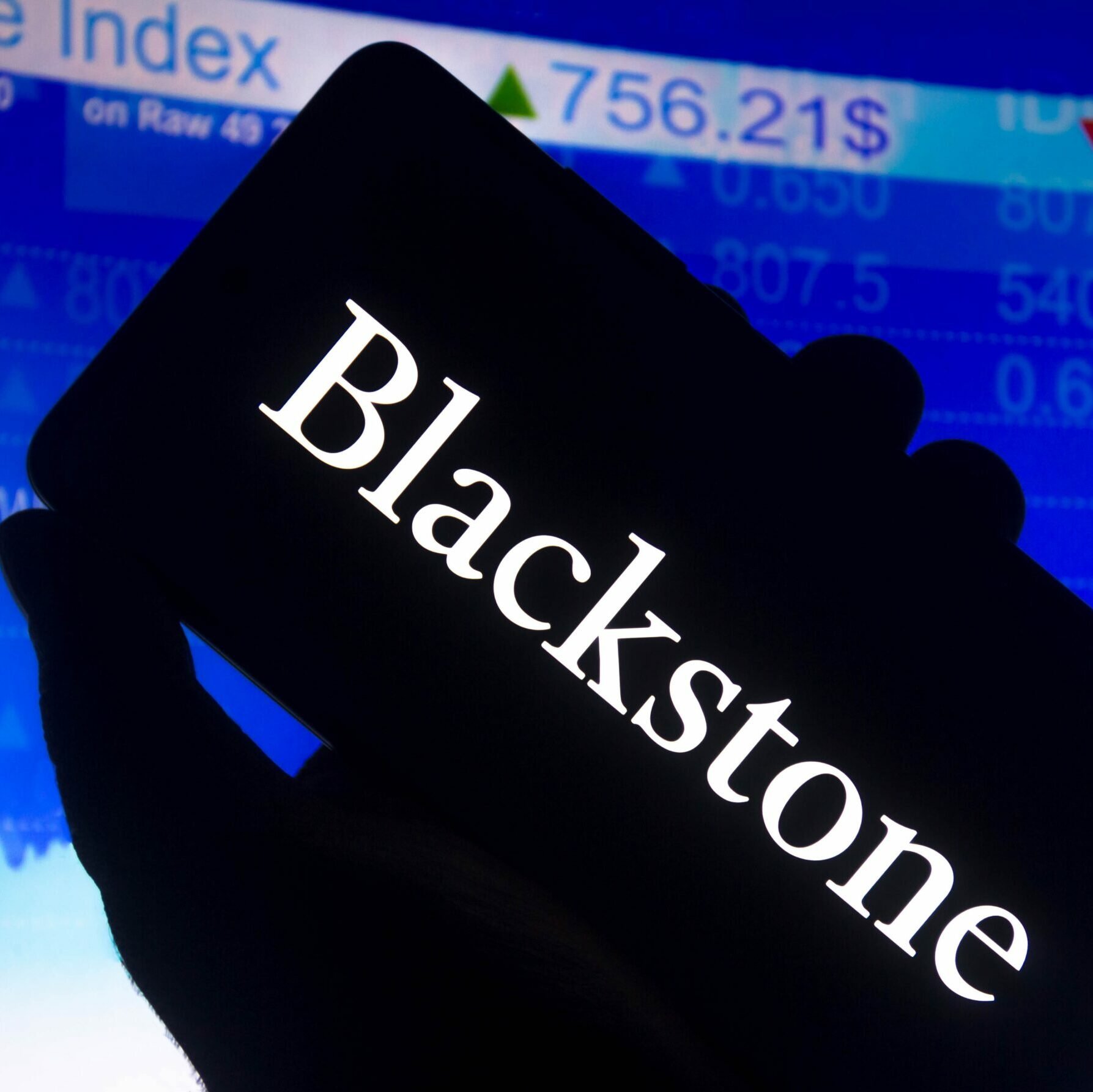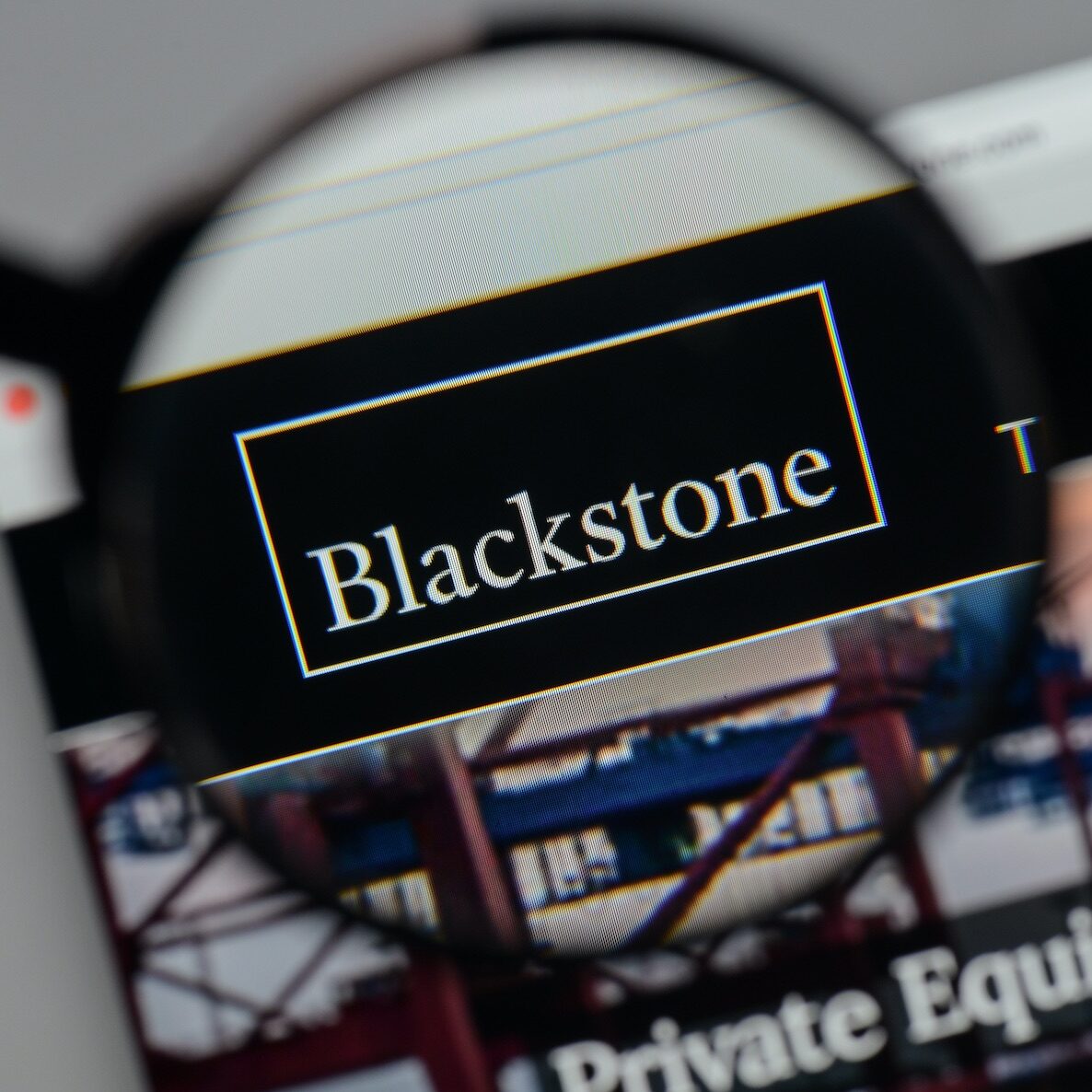Following the initial boom of liberalisation, new restrictions are having a severe cooling effect on the nascent international Chinese PERE market – fund managers that are in it for the long-haul will need to up their game during this period of tightening, writes Jimmy Leong, Managing Director in Asia, at Augentius.
The first summer – figuratively speaking – of the newly liberalised Chinese PERE market has come to a definitive close. The historical (if piecemeal and partial) opening up of the domestic market to foreign funds and managers understandably caused a bit of a gold rush effect, with the number of active funds ballooning by a factor of eight during 2017 and total AUM topping $1.6 trillion USD, helped along by attractive yields relative to traditional equity markets.
However, the winter is fast approaching and funds are starting to see their fundraising channels dry up, and are increasingly fighting over smaller pots. AUM grew at the slowest pace in three years in August, and could stall or even reverse. The casualties are already coming in – the list of funds that have failed to register with the Asset Management Association of China (AMAC) this year is now over 180 names long.
Though wider market volatility, exacerbated by the war of words over trade with the US, hasn’t helped, new regulations are also playing a big part. The Chinese government has long had a general policy of liberalising its economy in a gradual, highly controlled manner, and the PERE industry is no exception. Following the boom, the government has intervened to make structures tighter and more robust, in order to ensure the market’s growth does not outstrip its quality. Fund managers must now register with the AMAC to ensure oversight and investor protection, and the body has adopted stricter requirements on information disclosure for managers and their offerings, imposing penalties for inappropriate practices and non-compliance. New limits on potential investors – as part of a wider war on shadow banking – are also adding to the squeeze.
In this sense the tightening should be viewed as an inevitable period of growing pains, rather than anything more negative. The longer term case for investment in the region remains as strong as ever, and fallouts like this will form an unavoidable part of the market’s journey towards maturity as a tide of Western capital rolls in. The measures taken by the government will help improve the market’s overall quality and reliability, benefiting all investors in the longer term. But unsurprisingly, in the short term this has seen a number of smaller funds fall by the wayside as their business models are now deemed unacceptable. The wider signal of a ‘clean up’ will of course deter some investors for a period, but there’s little reason to think substantial growth will not resume once the new equilibrium is established.
In the meantime however, for those funds that wish to press through the bad times and stay in the region for the long-haul, it will become more important than ever to stand out from the competition, and make every effort to adopt best practice operations in the eyes of both regulators and investors.
This means staying firmly on top of complex, often confusing, and ever-shifting regulatory agendas, ensuring operational structures are robust and compliant, and investing in the oft-neglected (especially for the region) area of investor communications.
LPs have long identified the latter as a source of weakness and potential red flag when allocating assets. In trickier times, when negative headlines abound, being able to comprehensively detail performance and strategy – in a manner tailored to the investor’s needs – will be crucial for retaining relationships, fundraising, and generally convincing investors to stick around, especially given for many the market is new and exotic. Funds that are able to combine this with good performance should have little to fear in the coming storm – it will simply be a matter of waiting it out.






